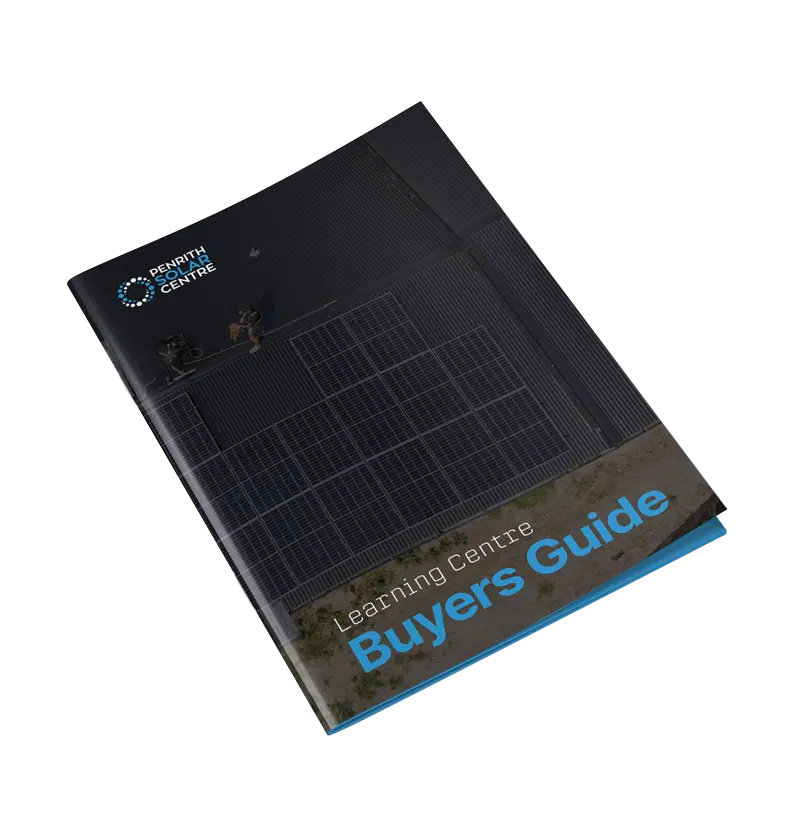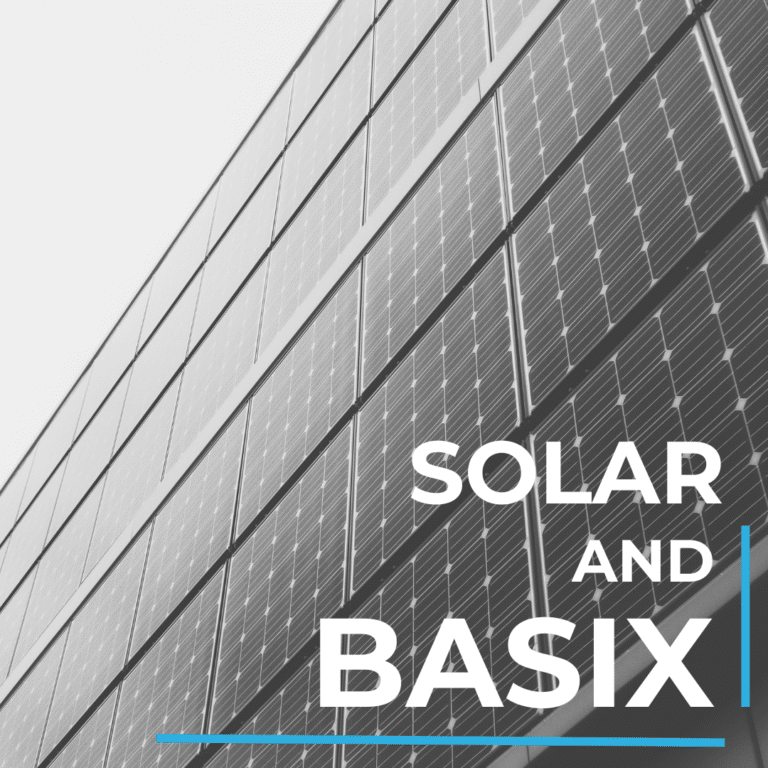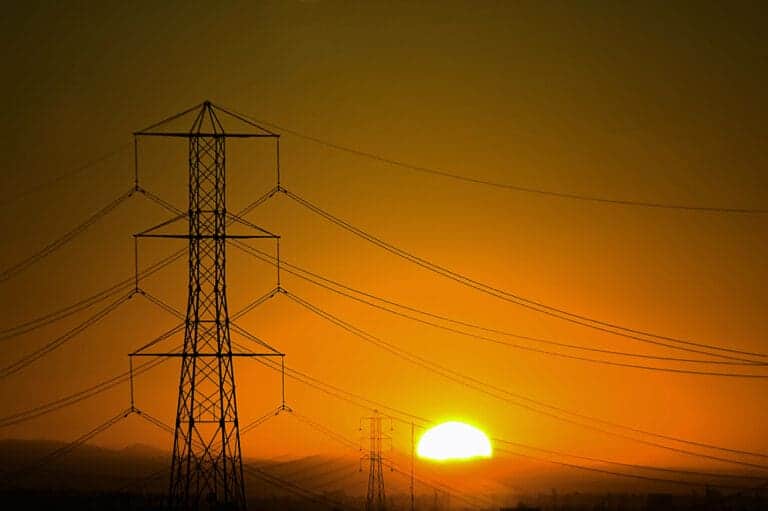
A VPP is a virtual power plant. One solar system with a battery working alone can’t do much to relieve the electrical grid during our current energy crisis. But if you were to connect thousands of solar systems with batteries and use that energy to relieve the stress on the electrical grid, then you’d be in business.
That’s what a VPP does. There is, however, so much more to the ins and outs of VPPs and how they can be a great benefit to you (or something for you to ignore, they’re not for every customer).
At Penrith Solar Centre, we want you to be as informed as possible about every aspect of the solar industry. Whether you go forth and sign up for a VPP or start an anti-VPP campaign at the next solar industry convention is entirely up to you. But before you do either of those things, we want you empowered with knowledge.
In this article, you will learn:
- What is a VPP?
- Why Would You Use a VPP?
- Why Would You Avoid a VPP?
- A Community Mindset
- Is a VPP Right for You?
By the end of this article, you’ll be an expert on VPPs and why you might or might not want to consider signing up for one once you purchase solar with a battery.
What Is A VPP?
A VPP (virtual power plant) is a cloud-based network that controls a community of solar batteries. It’s operated by an energy retailer, who coordinates the release/charging of participating battery’s energy reserves to relieve strain on the electrical grid.
If you sign up for a VPP, you’re sharing limited control of your solar battery (and the energy you have stored up in it) with a company. That company (energy retailer) will decide when to release or store energy in your battery in a limited capacity.
The energy retailers who operate VPPs instruct participating solar batteries to release stored solar energy into the electrical grid during peak periods of the day when electricity is in high demand. For example, the late afternoon into the early evening when folks get home from work and when it starts to get dark outside.
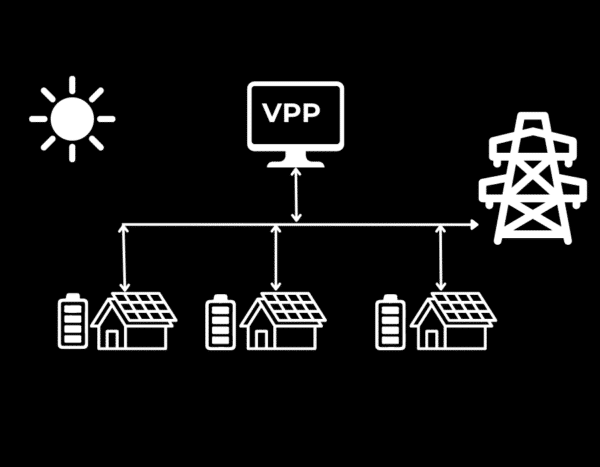
Those same energy retailers also use a VPP network to charge participating solar batteries up again in off-peak hours when electricity is cheaper.
Why would an energy retailer offer this service? An energy retailer is the middleman between you and the raw materials used to create electricity. It costs a pretty penny to buy that energy and sell it to you. They don’t want to pay for that if they can avoid it.
By networking thousands of solar batteries, they’re harvesting energy from households across Australia at a much cheaper price point. They’re saving money and reducing their carbon footprint by using solar instead of fossil fuels to power the grid at peak hours.
If you’re interested in learning a bit more about solar batteries, you might want to start with the following article titled, Adding a Battery to a Solar System.
Why Would You Use A VPP?
In exchange for sharing control of your solar battery, participating households receive benefits. Let’s get into those.
Some VPPs offer an upfront discount on the cost of a solar battery. This could be an important part of your decision-making process on whether you want to purchase a solar battery. Energy retailers who offer participation in a VPP are kind of counting on that, actually. The more participants they have in their VPP, the more efficient the VPP.
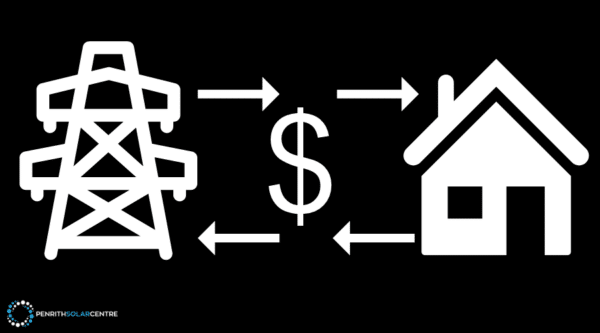
The unfortunate reality of the solar industry in Australia today is that feed-in tariffs are just not as lucrative as they used to be. Years prior, they were used to incentivise Australians to install solar systems by rewarding them handsomely for every kilowatt hour exported to the grid.
Energy retailers who operate a VPP increase the feed-in tariff price for participants. Some VPPs offer monthly payments that can be extremely helpful for households with solar batteries. Those payments add up over time. The price per kilowatt hour (kWh) for a VPP feed-in tariff can range widely depending on the VPP and time of day they use your solar battery.
This is, in some cases, a price jump from a typical feed-in tariff which can range from $0.04 – 0.07 per kilowatt hour. There are a lot of terms and conditions that need to be met to get the high end of that payout in addition to shopping around for the highest-paying energy retailer. It could very well be worth your while though as the increase might fit well with your energy consumption patterns.
If you’re interested in learning a bit more about the solar battery rebate, you might want to check out the following article titled, Everything You Need to Know About the Home Battery Rebate for NSW.
Ready to go solar? Click here.
Why Would You Avoid A VPP?
There are some disadvantages to VPPs. After all, a VPP is sharing control of your solar battery. Most solar customers get a battery to regain that control, not share it.
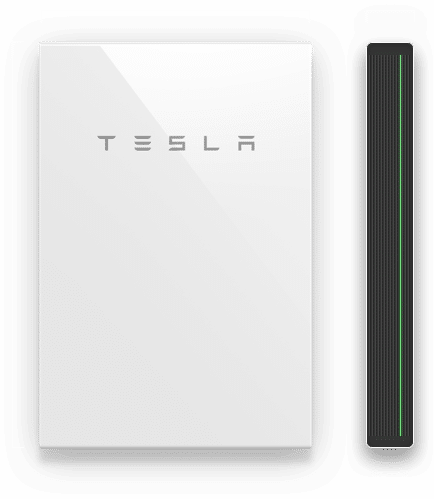
While many VPPs do indeed offer discounts on solar battery purchases (the Tesla one is particularly helpful in the use of a Powerwall), some require you to purchase a specific type of battery to be able to participate. You certainly wouldn’t be eligible for the Tesla VPP if you’re keen on an Enphase battery.
If you’d like to learn more about Tesla products, we recommend you check out the following article titled, Tesla Powerwall 3 Review: An In-Depth Look at Tesla’s New Solar Battery.
The feed-in tariff incentive is great for getting some money back on your electricity bills, but you’ll probably want to do some math and determine how much it offsets the cost of your system. In some cases, a VPP incentive won’t accelerate the return on investment for your battery.
Charging and discharging your solar battery decreases its lifespan. It’s just the science of how batteries work. Solar batteries are warranted for years, but the overall time of coverage is actually just an estimate of how long a manufacturer thinks their battery will last you. If you read the fine print on your warranty, you’ll see that it frequently covers either a time period (say ten years) or a number of cycles. A cycle for a solar battery is a complete charge and discharge cycle.
A VPP will increase the number of charge and discharge cycles by using it more often. This is done at the energy retailers’ discretion based on the agreement you sign with them. Some VPPs will only draw energy from your battery for an agreed-upon number of times per year. Tesla, for example, will only do it up to 50 times in a year. And really, the need for your solar is only required in the summer when Sydney experiences blackouts and brownouts.
For more information about solar batteries, check out this article titled, 6 Best Solar Batteries on the Market.
Others will only draw energy up to a point leaving your battery with a percentage of energy for emergencies. There are VPPs that have a contracted limited that they will only deplete your battery to 10% or 20%, and there are some that will fully deplete your battery when they use it.
Speaking of emergencies, that minimum percentage of energy some VPPs will leave you with doesn’t go very far. What condition will your household be in if the VPP has drawn all your stored solar energy in an emergency leaving nothing for you? It’s a worry for a lot of customers, and not why they purchased a solar battery in the first place.
If you’d like to learn more about the price of a Powerwall 3, you might want to check out the following article titled, How Much Does a Tesla Powerwall 3 Cost?
Ready to go solar? Click here.
A Community Mindset
By their nature, VPPs are about community. A group of households share the burden of supplying energy during peak hours for everyone. If you eliminate the financial incentives for either party and focus simply on the principles of a VPP, it’s extremely progressive.
Cloud-based software used by energy retailers controls the way batteries in a community charge and discharge based on the circumstances of the moment. This decentralisation of resources is not entirely unlike the principle behind the advantages of microinverters; the strain is no longer on the system but instead on the individual components.
For more information about microinverters and decentralised energy distribution, check out the following article titled, What Are the Benefits of a Microinverter System?
There are other advantages to decentralising energy distribution. If there’s a natural disaster or extreme weather event, a single power plant might be jeopardised and put a community at risk. Movement into spreading energy responsibility across households away from power plants may be the future of energy.
Cutting-edge technologies like artificial intelligence are being developed to monitor and regulate VPPs. The VPP becomes more effective, and the computer system is better equipped to predict energy usage based on existing patterns.
If you’ve done some research into solar systems, you probably understand that energy consumption patterns dictate so many of the choices you make when installing a solar system. When you’re home and what you power with electricity determines the placement of your solar panels for maximum efficiency.
The principle is the same here on a larger scale. This information can only lead to a better understanding of our needs which in turn leads to more efficient choices.
VPPs are awfully handy when there’s extreme weather. As anyone with a solar system can attest, a cloudy day can cause problems for solar production. In the case of extreme heat, the spike in energy caused by air conditioning can be alleviated by VPPs and reducing reliance on the grid and fossil fuels.

As other energy technologies advance and develop, VPPs may find more participants. If the electric vehicle industry continues to grow, the needs around peak hours will change. VPPs can pave the way for different choices around how we utilise our electricity.
If you’re interested in learning a bit more about IQ Batteries, you might want to check out the following article titled, 5 Best Solar Energy Benefits with the Enphase IQ Battery 5P.
Is A VPP Right For You?
VPPs are an interesting development in the solar industry. They operate as a community, sharing the burden of electrical grid overload at peak hours. There are many options to go with should you choose to participate with a VPP provider. It’s important to look at the financial incentives and weigh them against the long-term consequences for your solar battery.
At Penrith Solar Centre, we want you to understand the specifics of the multifaceted solar industry. VPPs are a big talking point these days, and it’s important for you to be informed. Our goal is to build a greener future for everyone, and it starts with educating each other about our options.
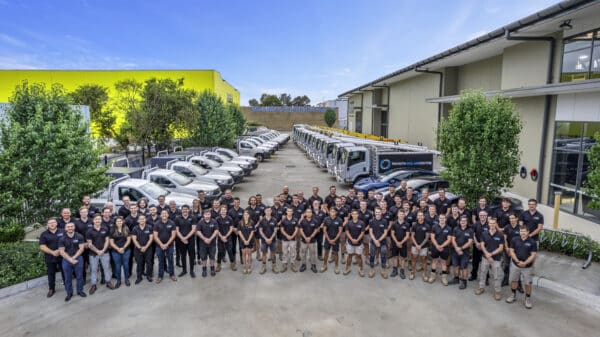
If you’re interested in learning a bit more about the solar battery rebate, you might want to check out the following article titled, Everything You Need to Know About the Home Battery Rebate for NSW.
